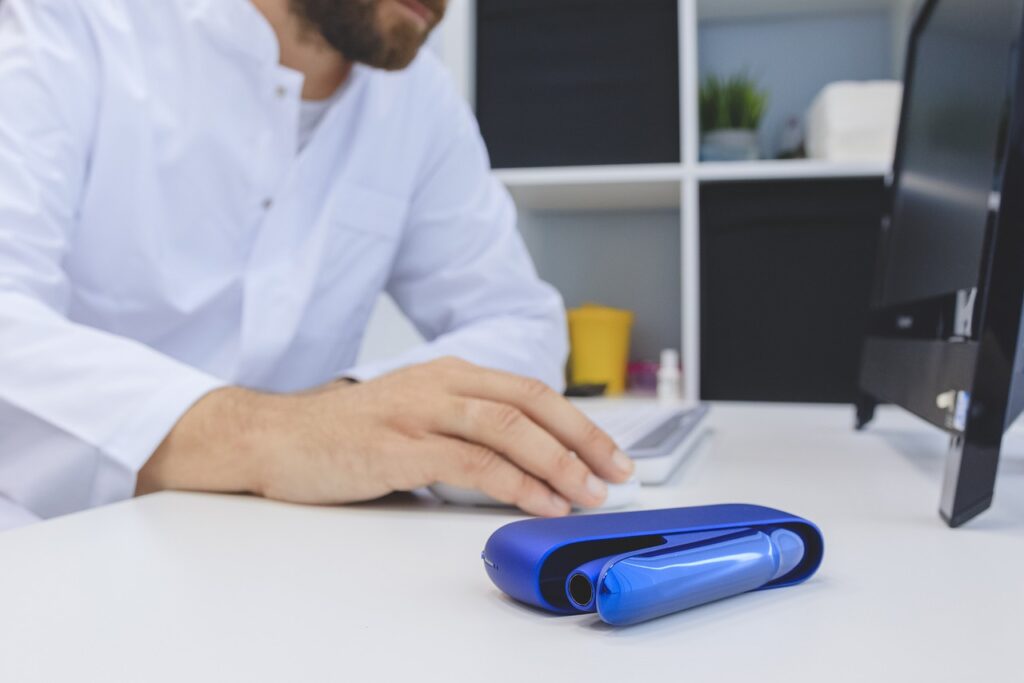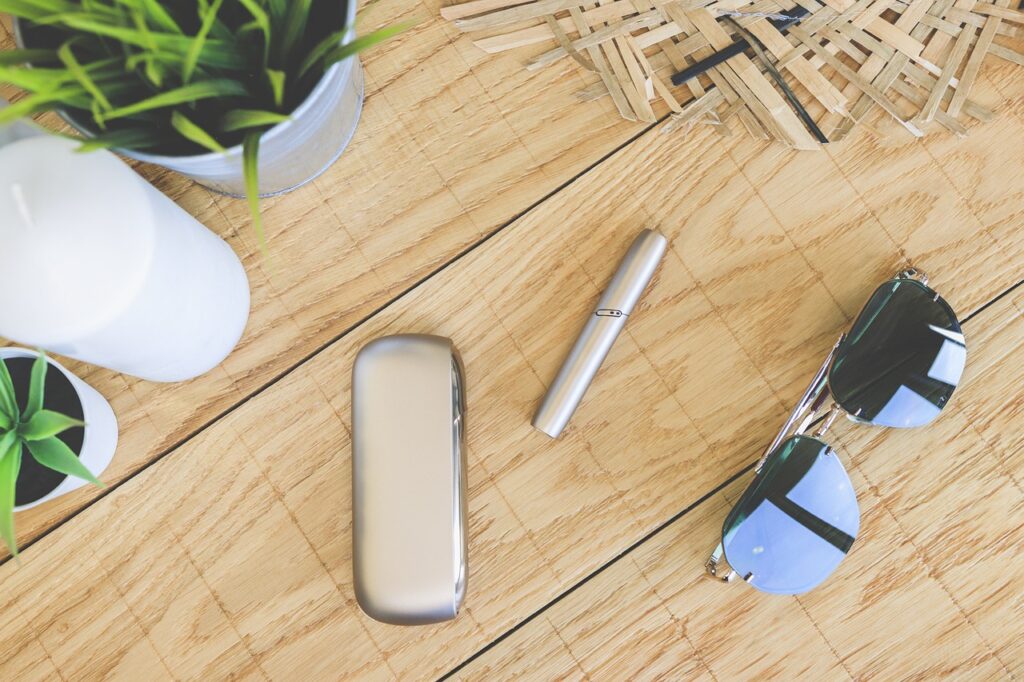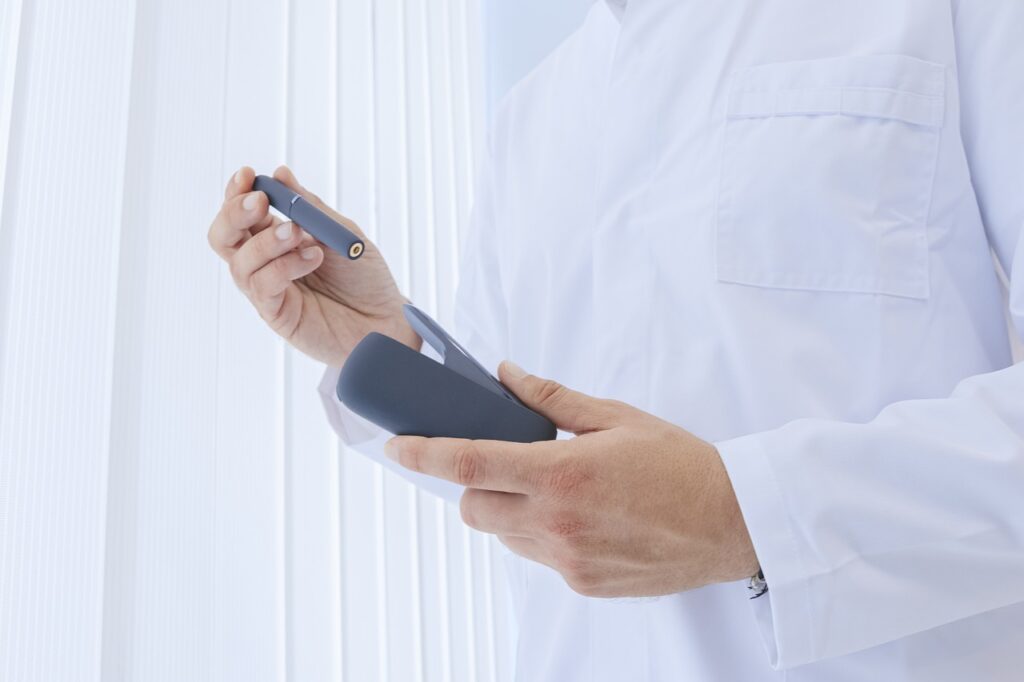Imagine creating the perfect environment in your home – clean, fresh air and the ideal level of humidity for ultimate comfort. But can you have both an air purifier and a humidifier in the same room? You might be wondering if it’s possible, or if you’ll end up with a chaotic clash of technologies. Well, good news! You can definitely have an air purifier and a humidifier coexisting peacefully in the same space, working together to enhance the air quality and your overall well-being. Let’s explore how these two devices can harmoniously improve the air you breathe and create the perfect atmosphere for you.

Benefits of having an air purifier and humidifier in the same room
Improving air quality
Having an air purifier and humidifier in the same room can greatly improve the overall air quality of your living space. Air purifiers work by removing airborne pollutants such as dust, pollen, pet dander, and other allergens. This helps to eliminate unpleasant odors and keeps the air fresh and clean. On the other hand, humidifiers add moisture to the air, reducing dryness that can cause discomfort and respiratory issues. By combining the two, you can create a clean and healthy environment for you and your family.
Managing humidity levels
One of the significant benefits of having an air purifier and humidifier in the same room is the ability to manage humidity levels effectively. Dry air can lead to a variety of health problems such as dry skin, irritated eyes, and respiratory issues. By using a humidifier alongside an air purifier, you can maintain an optimal humidity level, which is typically between 30% and 50%. This can help alleviate dryness and improve your overall comfort.
Enhancing respiratory health
The combination of an air purifier and humidifier can have a positive impact on respiratory health. Air purifiers help remove airborne particles that can trigger allergies and asthma symptoms, providing relief for individuals with respiratory conditions. Humidifiers, on the other hand, help to soothe dry airways and reduce respiratory discomfort. By using both in the same room, you can create an environment that promotes healthier breathing and reduces the risk of respiratory infections.
Understanding the functions of an air purifier and humidifier
Air purifier
An air purifier is a device designed to remove impurities from the air, including dust, pollen, pet dander, mold spores, and bacteria. These pollutants can cause allergies, respiratory issues, and unpleasant odors. Air purifiers typically use filters or technologies such as HEPA filters, activated carbon filters, or electrostatic precipitation to capture and remove these particles from the air. They circulate the purified air back into the room, creating a cleaner and healthier environment.
Humidifier
A humidifier, on the other hand, is a device that adds moisture to the air to combat dryness and improve indoor air quality. Humidifiers come in various types, including evaporative, ultrasonic, and steam humidifiers. They work by releasing water vapor into the air, increasing the humidity levels. This helps alleviate dry skin, sore throat, dry nasal passages, and other discomforts caused by dry air. Humidifiers are particularly beneficial during the colder months when heating systems can cause the air to become excessively dry.
Compatibility of air purifiers and humidifiers
Simultaneous use
Air purifiers and humidifiers are compatible devices that can be used simultaneously in the same room. In fact, using them together can provide enhanced benefits for your indoor environment. While air purifiers clean the air of pollutants, humidifiers add moisture to keep the air comfortable and prevent dryness. However, it’s important to choose models that are suitable for simultaneous use and ensure they do not interfere with each other’s functions.
Placement considerations
When using an air purifier and humidifier in the same room, proper placement is crucial to maximize their effectiveness. Ideally, place the air purifier and humidifier in opposite corners of the room to ensure even distribution of purified air and humidity. This placement allows the air purifier to circulate the clean air throughout the room, while the humidifier adds moisture evenly. Avoid placing them too close to each other as it may cause condensation or affect the functioning of either device.
Choosing the right air purifier and humidifier for your room
Room size and capacity
Before purchasing an air purifier and humidifier, it’s essential to consider the size of the room and their respective capacity. Air purifiers have a recommended room size rating, typically measured in square feet, which indicates the maximum area they can effectively purify. Choose an air purifier that can handle the square footage of your room to ensure optimal purification. Similarly, humidifiers have a specific output capacity, measured in gallons per day, which determines how much moisture they can add to the air. Select a humidifier with the appropriate capacity for your room size to maintain optimal humidity levels.
Features and settings
When selecting an air purifier and humidifier, consider the features and settings they offer to suit your specific needs. Look for air purifiers with multiple filtration options such as HEPA filters, activated carbon filters, or germicidal UV lights, as they offer more comprehensive purification. Similarly, humidifiers with adjustable humidity settings and automatic humidity control can provide greater convenience and flexibility. Some models even offer additional features like timers, air quality sensors, and remote controls. Choose devices that align with your preferences and offer the desired functionality for your room.

Maintenance and care for air purifiers and humidifiers
Regular cleaning
To ensure optimal performance and longevity of your air purifier and humidifier, regular cleaning is essential. Follow the manufacturer’s instructions on cleaning and maintenance to keep them in good working condition. Air purifiers often have washable or replaceable filters that need periodic cleaning or replacement. Humidifiers require regular cleaning to prevent bacterial growth and mineral buildup. Empty and clean the water tank daily, and thoroughly clean all parts at least once a week. This regular maintenance will ensure that both devices continue to effectively purify the air and add humidity without any issues.
Filter replacement
Air purifiers typically require filter replacements over time, depending on the type of filter and the level of usage. HEPA filters, for example, may need to be replaced every 6 to 12 months, while activated carbon filters may last longer. Follow the manufacturer’s guidelines on filter replacement to ensure the air purifier continues to work efficiently. Some models come with indicator lights that notify you when it’s time to replace the filters. Keep a record of your air purifier’s filter lifespan and proactively replace them to maintain high air quality.
Water management
Humidifiers also require proper water management to prevent bacterial growth and mineral buildup. Use distilled or demineralized water instead of tap water to avoid mineral deposits. Monitor the water level in the humidifier regularly and refill as needed. Empty and clean the water tank daily to prevent the growth of mold or bacteria. Some humidifiers come with antibacterial features or filters that help minimize bacterial growth. Follow the manufacturer’s instructions on water management to ensure a clean and safe environment.
Potential drawbacks of having an air purifier and humidifier in the same room
Over-humidification
One potential drawback of using an air purifier and humidifier in the same room is the risk of over-humidification. While maintaining optimal humidity levels is important, excessive moisture in the air can lead to mold and mildew growth. It can also cause condensation on windows, walls, and furniture, potentially causing damage. To avoid over-humidification, monitor the humidity levels regularly and adjust the settings accordingly. It’s recommended to keep the humidity level between 30% and 50% to ensure a healthy and comfortable environment.
Limited space
Having both an air purifier and humidifier in the same room may pose space constraints, especially in smaller living areas. These devices can take up considerable floor or table space, which may impact the room’s layout and aesthetics. However, with proper planning and placement, you can minimize the impact on space. Consider compact models or devices that can be wall-mounted to optimize the available space in your room. Additionally, some air purifiers and humidifiers offer combination units that serve both purposes in a single device, reducing the overall space required.
Noise level
Another potential drawback of having an air purifier and humidifier in the same room is the noise they produce. While some models are designed to operate quietly, others may emit noticeable noise, especially when running at higher fan or mist settings. This noise can be distracting, particularly in bedrooms or quiet spaces. Consider purchasing units with adjustable fan speeds or noise-reduction features to minimize the impact of noise. It’s also beneficial to check product reviews and ratings to determine the noise level before making a purchase.

Tips for optimizing the usage of air purifiers and humidifiers in the same room
Proper positioning
Proper positioning of your air purifier and humidifier can significantly improve their performance and overall effectiveness. Ensure that the air purifier is placed in an area where it can intake the most air and efficiently circulate it throughout the room. Avoid placing it near walls, furniture, or curtains that may obstruct airflow. Similarly, position the humidifier away from the air purifier to prevent condensation or interference with the airflow. Follow the manufacturer’s guidelines on appropriate positioning to achieve the best results.
Monitoring and adjusting settings
Regularly monitor the humidity levels in your room using a hygrometer or the built-in humidity sensor of your humidifier, if available. This will help you maintain optimal humidity levels and prevent over-humidification. Adjust the settings of your humidifier based on the humidity readings to ensure a comfortable and healthy environment. Additionally, monitor the air quality using the indicator lights or sensors on your air purifier, if equipped, and adjust the fan speed or filtration settings accordingly. Being proactive in monitoring and adjusting settings will ensure that both devices are working harmoniously to provide the best air quality and humidity levels.
Common misconceptions about using air purifiers and humidifiers together
Interference with each other’s functions
One common misconception is that air purifiers and humidifiers should not be used together as they may interfere with each other’s functions. This is not true if the devices are properly selected and utilized. By choosing models that are designed for simultaneous use and following the manufacturer’s guidelines, you can create a balanced environment that combines the benefits of both air purification and humidity control. It’s important to research and select devices that complement each other’s functions to achieve optimal results.
Excessive energy consumption
Another misconception is that using both an air purifier and humidifier in the same room will significantly increase energy consumption, leading to higher utility bills. While it’s true that utilizing multiple devices will consume more energy, the actual impact on your energy costs depends on the specific models, their energy efficiency, and how they are used. Look for energy-efficient models with energy-saving features such as auto-shutoff or sleep modes. Additionally, consider running the devices only when needed and adjusting them based on the room’s occupancy. By being mindful of energy usage, you can minimize any potential increase in energy consumption.
Expert recommendations on using air purifiers and humidifiers in the same room
Consulting with professionals
If you have specific concerns or questions about using air purifiers and humidifiers together, it’s advisable to consult with professionals or experts in the field. They can provide personalized guidance based on your unique requirements and help you select the right devices for your room. Additionally, professionals can offer recommendations on proper maintenance, optimal placement, and effective usage to ensure the best possible air quality and humidity levels.
Following manufacturer guidelines
One of the most essential recommendations is to follow the manufacturer’s guidelines for both the air purifier and humidifier. Each device comes with specific instructions on installation, operation, maintenance, and replacement of filters or parts. Adhering to these guidelines will ensure the devices operate efficiently and safely. Familiarize yourself with the user manuals and keep them handy for future reference. If you have any questions or uncertainties, contacting the manufacturer’s customer support can provide further clarification.
Conclusion
Having an air purifier and humidifier in the same room can offer numerous benefits, including improved air quality, managed humidity levels, and enhanced respiratory health. Both devices work together to create a cleaner, healthier, and more comfortable indoor environment. When choosing air purifiers and humidifiers, consider factors such as room size, capacity, features, and maintenance requirements. Remember to regularly clean and maintain the devices, replace filters when necessary, and manage water properly to ensure their optimal performance. While there may be some potential drawbacks, such as over-humidification and space limitations, these can be mitigated by proper monitoring, positioning, and adjustment of settings. Seek professional advice and follow manufacturer guidelines for the best results when using air purifiers and humidifiers together. By utilizing these devices effectively, you can create an inviting and healthy space for you and your loved ones.

